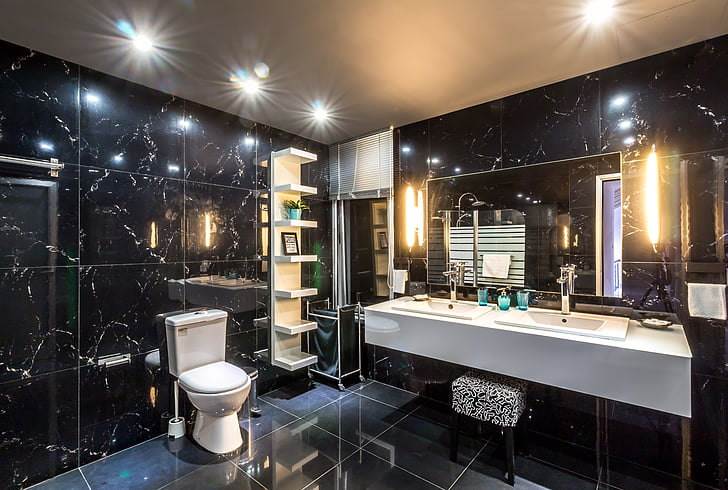2. Over-the-Top Kitchen Remodels
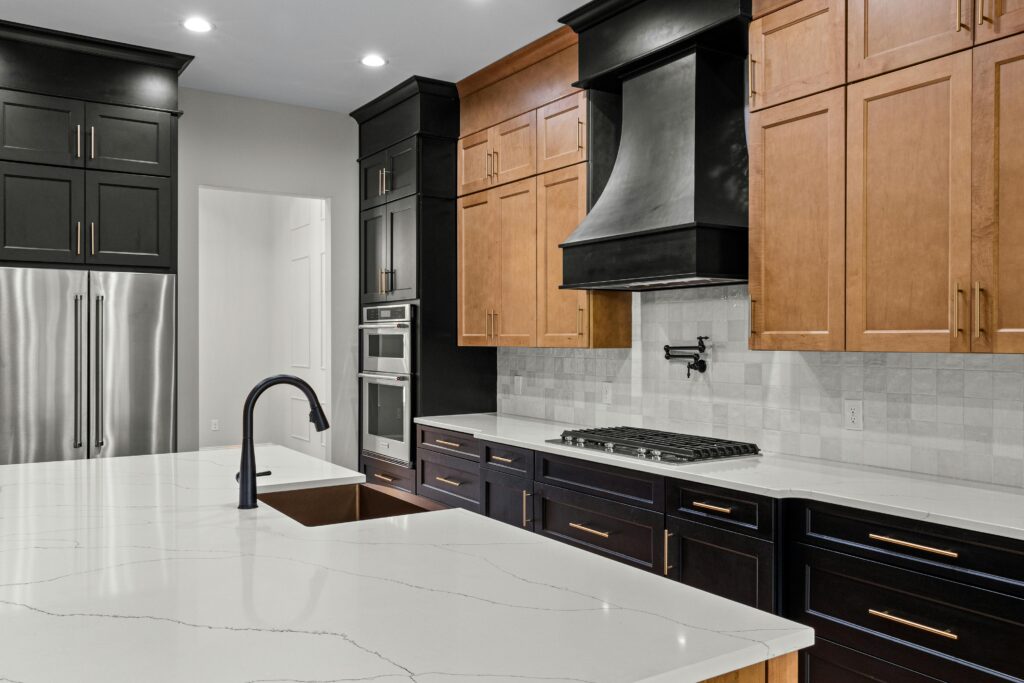
Granite countertops, chef-grade appliances, a pot-filler faucet that looks cool but never gets used—sound familiar? Kitchen remodels are often billed as “value-boosters,” but there’s a fine line between functional upgrade and gourmet overkill. The national average cost for a high-end kitchen reno is over $75,000, and yet the return on that investment usually hovers around 50–60%. That’s not bad if you love to cook—but it’s not exactly a retirement-friendly ROI either.
Architectural Digest recently highlighted how homeowners tend to go overboard, choosing expensive finishes and niche appliances that future buyers either don’t care about or find too “personalized.” That built-in espresso machine might impress your friends, but will the next buyer want to deal with repairing it? Probably not. Keep the upgrades tasteful, not trendy. Timeless > techy when it comes to kitchen spending. And honestly, you can still make killer carbonara on a basic stovetop.
3. Home Theater Rooms
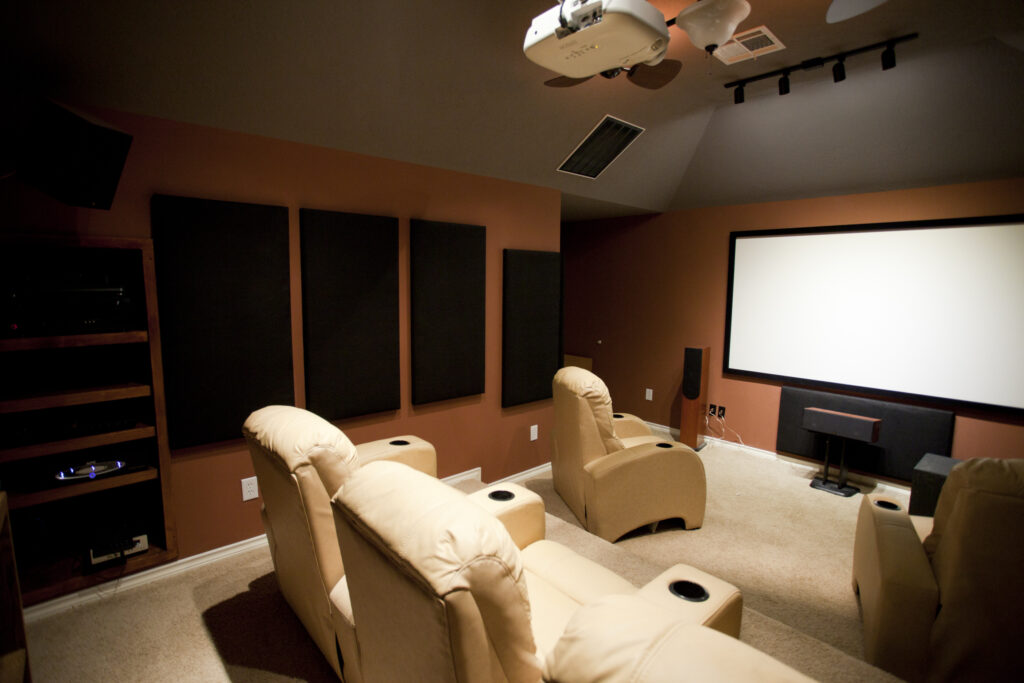
Sure, it sounds cool: a mini cinema, blackout curtains, tiered recliners, and surround sound so intense it rattles your teeth during car chases. But unless you actually use it every weekend—and plan to stay in your house for decades—it might be more cost than it’s worth. The equipment alone can run you $10K–$30K, not including the custom buildout, wiring, lighting, or inevitable streaming subscriptions you’ll suddenly “need.”
Fox Homes points out that home theater rooms often turn into “dead zones” during resale, especially as more buyers prefer multi-use spaces or open layouts. Not everyone wants to dedicate an entire room to movie night. And let’s be honest, that expensive recliner row starts to look dusty after the novelty wears off. Buyers might see it as a renovation they have to undo, not a feature to brag about. So unless you’re hosting weekly Oscar screenings or are secretly Batman, save your money—and just buy a really good soundbar instead.
4. Solar Panels (in the Wrong Market)
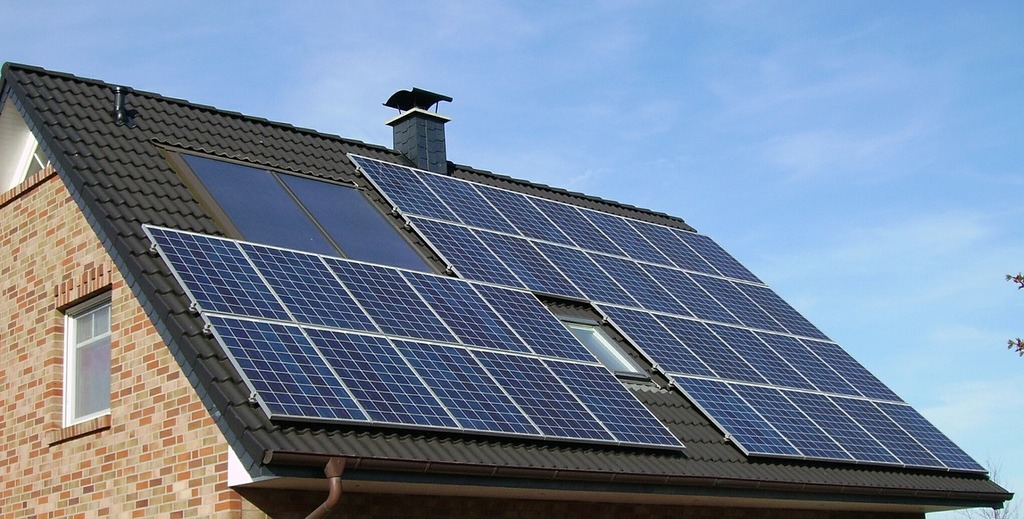
This one’s controversial, but stick with us: solar panels can be awesome, but only if the math actually works. In sunny states with high electricity costs and solid incentives (hello, California), they can pay for themselves over time. But in areas with mild utility rates or limited sun exposure? Not so much. Installation can run upwards of $20,000, and not every system increases home value equally.
Energy Sage explains that some buyers worry about panel maintenance or don’t love taking over long-term leases that aren’t transferable. Others are turned off by the aesthetic—yes, even in 2025, people still get judgy about rooflines. Plus, roof repairs become complicated when you’ve got 12 sun-hungry panels up there. If you’re planning to stay long-term and have high power bills, go for it. But if your goal is ROI or short-term gain? This green upgrade might put your finances in the red.
5. Swimming Pools

Ah yes, the dream: a crystal-clear backyard pool, margarita in hand, inflatable flamingo floating nearby. Reality check? That pool could be sinking your equity faster than a leaky floaty. The average in-ground pool costs $35,000–$65,000 to install and thousands more each year in maintenance, chemicals, and higher insurance. And here’s the kicker—not all buyers want one. Some see it as a liability, especially families with young kids or those in colder climates.
According to Bankrate, pools rarely offer a full return on investment unless you live in a year-round warm climate where pools are the norm (think Florida or Arizona). Otherwise, it’s just an expensive water feature that may or may not boost your resale value. Not to mention, upkeep isn’t exactly “set it and forget it.” You’re looking at filter replacements, resurfacing, and constant cleaning. So unless you’re truly a pool person, this might be a very splashy money pit. Literally.
6. Wall-to-Wall Carpeting
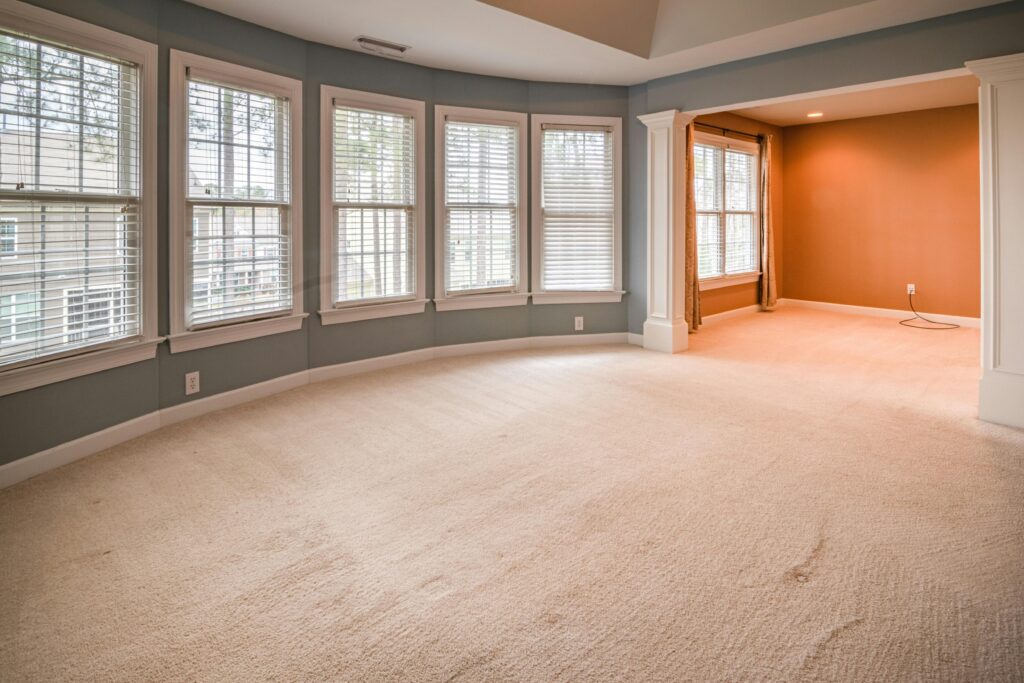
Carpet might feel cozy underfoot, but it doesn’t do your wallet—or your home value—any favors. It stains, traps odors, and wears out faster than you can say “high-traffic area.” While it used to scream luxury, now it mostly screams “please replace me.” Most buyers today prefer hardwood, vinyl planks, or literally anything else that doesn’t absorb every dog hair and spilled glass of wine.
Even high-end carpeting is tough to keep looking new unless you’re vacuuming like it’s your cardio. Plus, if you ever plan to sell, expect to get lowball offers from people mentally calculating the cost of ripping it all out. You’ll also spend a small fortune maintaining it—steam cleaning, shampooing, and fixing snags from that one chair that always catches. It’s like inviting a high-maintenance guest to live on your floors. For most people, it’s just not worth the trouble or the recurring expense. Want soft? Add a chic rug and call it a day.
7. Custom Built-Ins
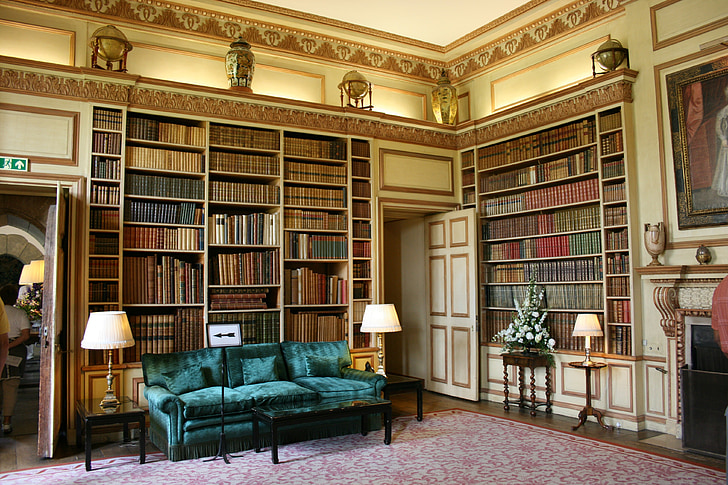
Built-ins are cool—until they’re not. Sure, a floor-to-ceiling wall of bookshelves looks amazing if you’re a die-hard reader or secretly live in a Nancy Meyers movie. But ultra-specific built-ins (entertainment nooks, ornate cabinetry, oddly shaped desks) often clash with the next owner’s needs, tastes, or TV size.
You’re essentially hard-wiring your style into the structure of the house, which can be a problem come resale time. Not to mention, they’re pricey to install and expensive to remove. Once they’re in, they’re in—you’re not moving that 12-foot shelving unit to another room. And while they may boost function, they often don’t add real value. If you’re staying forever and love the aesthetic, go for it. But if you might sell or rent, keep things flexible. IKEA KALLAX will never break your heart—or your budget.
8. Smart Home Overkill
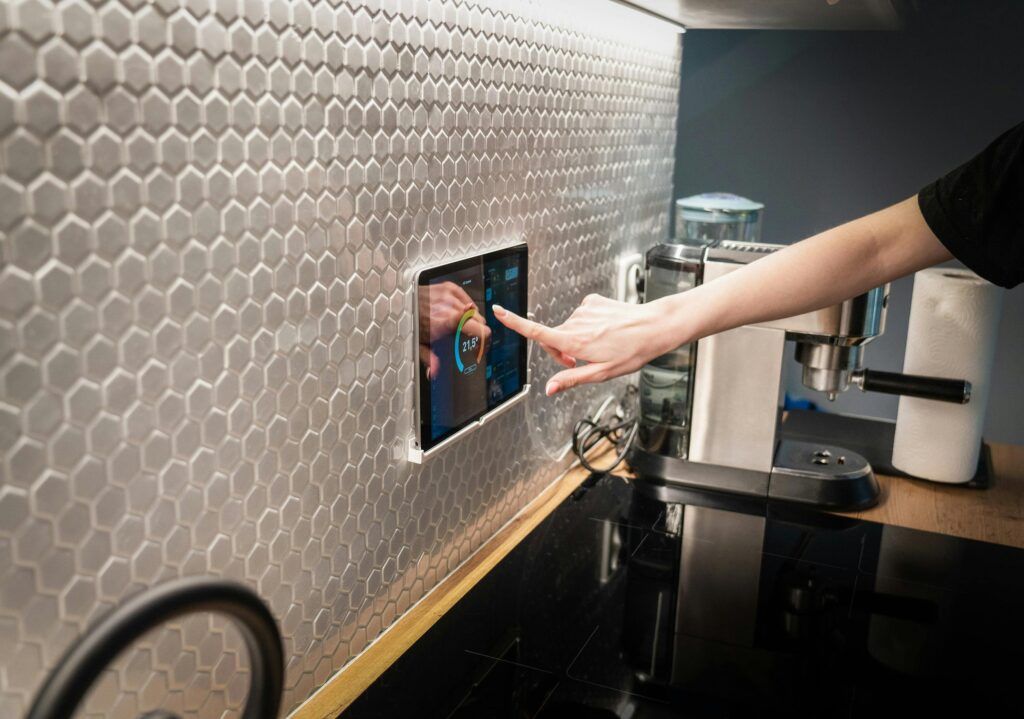
There’s smart, and then there’s “Do I really need to talk to my oven?” Home automation can be helpful—think smart thermostats or video doorbells. But when you go full Iron Man with motion-sensing lights, voice-controlled blinds, AI-integrated refrigerators, and ten different apps to manage them? That’s tech fatigue and wallet fatigue.
These systems cost thousands to install, require ongoing updates, and can break faster than you’d expect—especially when tech moves at warp speed. Not every buyer wants a home that requires an instruction manual or Wi-Fi to turn on a lamp. Plus, maintenance is a headache: do you call an electrician or a software engineer when your living room stops responding to Alexa? Minimalism is making a comeback for a reason. Choose a few smart features that add convenience or energy savings and skip the rest. Your retirement fund doesn’t need to compete with Silicon Valley.
9. Wine Cellars
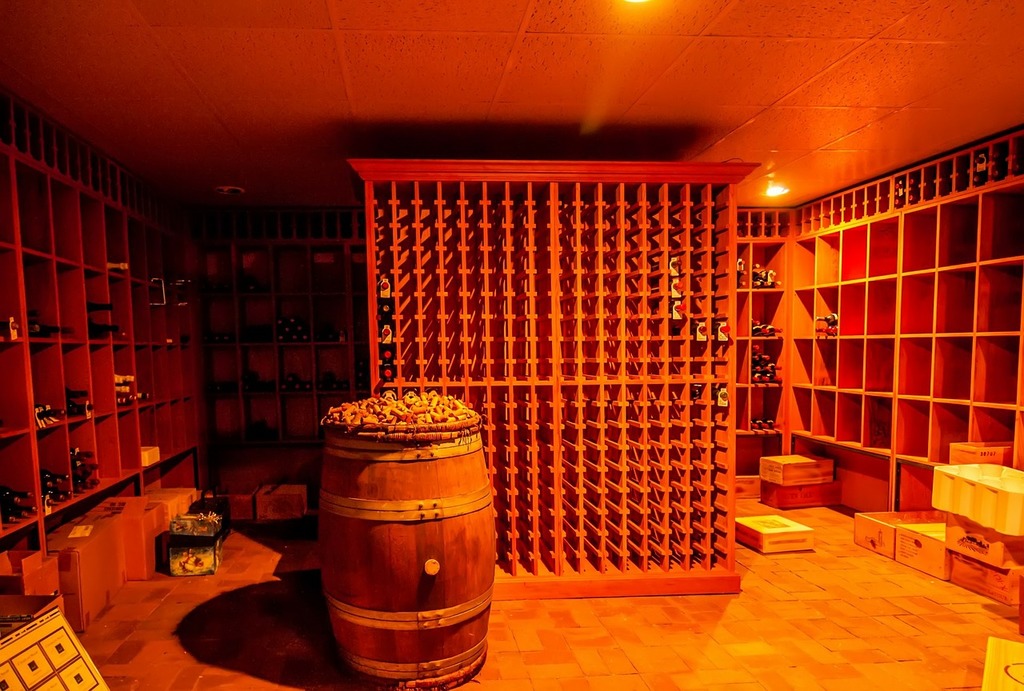
Unless you’re aging rare Bordeaux and hosting sommelier nights twice a week, a wine cellar might be a little… extra. They sound luxurious (and hey, they are cool), but the return on investment is usually a vintage “no.” Between climate control systems, custom racks, insulation, and lighting, it adds up fast.
And while your wine-loving friends will drool, most future buyers just see an oddly specific room that could’ve been a walk-in closet. Not to mention: they take up space, require consistent maintenance, and can be finicky if the temperature or humidity swings. Wine fridges? Sure. Dedicated underground tasting room with slate floors? Probably not unless you’re in Napa. Keep it simple and store your cabernet in a nice rack in the kitchen. Your nest egg will thank you—and so will your plumber when there’s no need to run cooling lines through your foundation.
10. Outdoor Kitchens
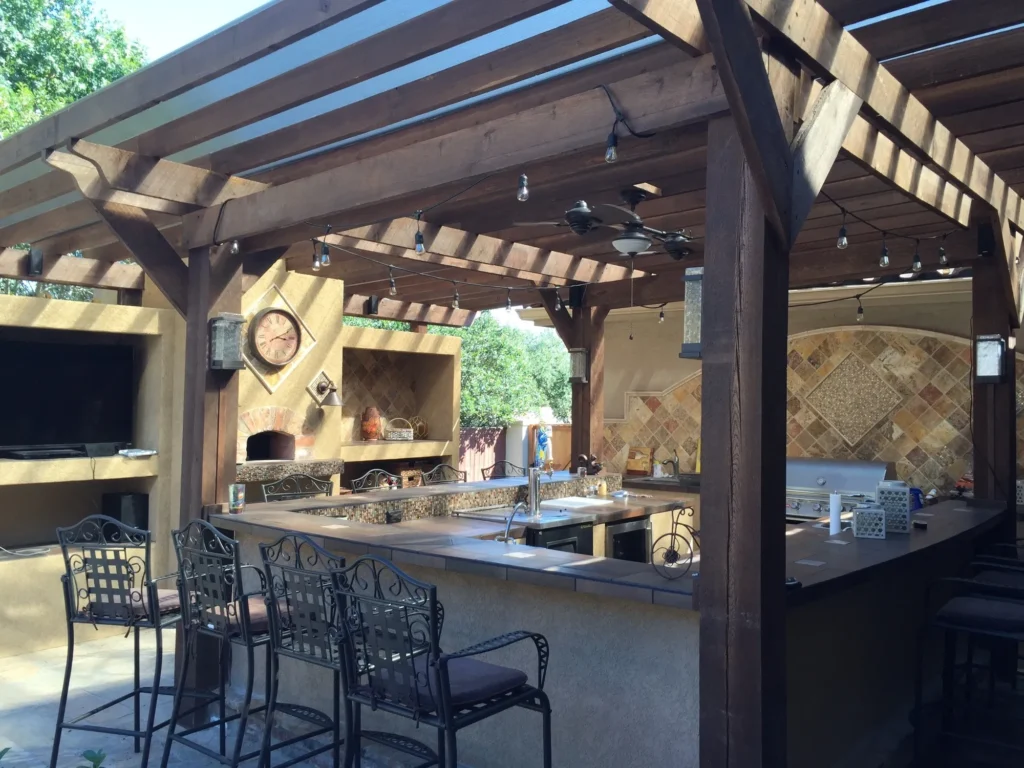
They look like backyard luxury, and sure—grilling while sipping rosé under twinkle lights sounds like the dream. But unless you live somewhere with perfect weather most of the year, your $15,000 outdoor kitchen is basically a seasonal prop. Between stainless steel appliances, stone countertops, built-in sinks, and custom cabinets, the costs rack up faster than your Fourth of July guest list.
And don’t forget maintenance—weather exposure means more wear and tear, rust, and surprise critter visits. You’ll also probably end up duplicating things you already have five feet away inside your actual kitchen. Sure, it might impress neighbors, but how often are you really cooking salmon filets outside in February? If you love to entertain and live in a sunny climate, it can make sense. But for most folks, it’s a backyard budget trap. A solid grill, a portable bar cart, and string lights = the same vibe for a fraction of the cost.
11. Designer Lighting Fixtures
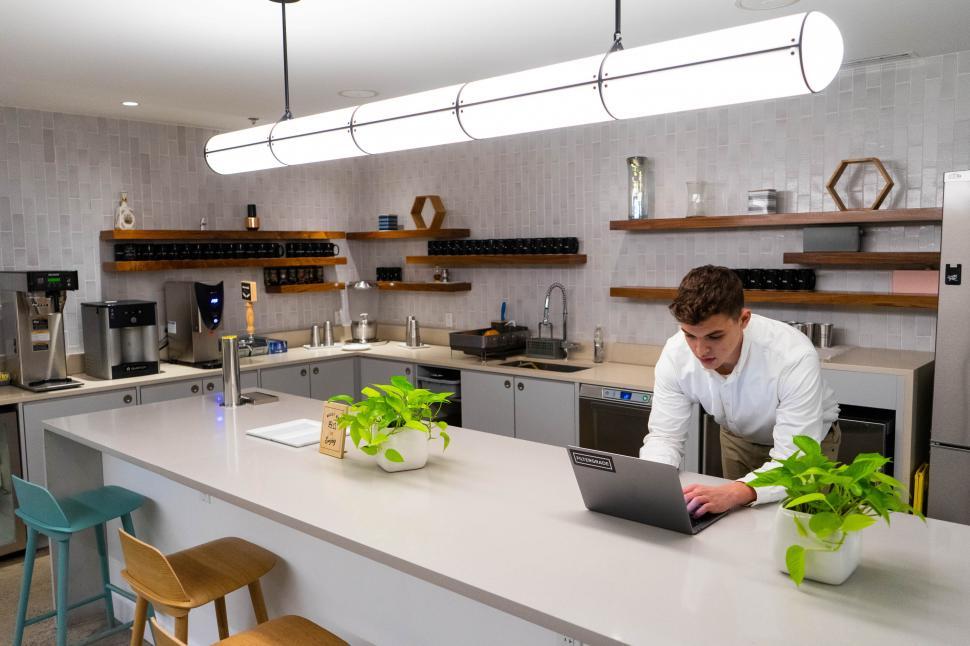
Chandeliers that look like floating art? Gorgeous. Until you realize they cost $3,000 and no one else but you thinks they’re cute. Designer lighting is the kind of splurge that feels like a big upgrade but often doesn’t deliver in terms of value—especially when trends shift. That funky geometric sputnik fixture might feel fresh now, but it could look dated in three years (or less).
And while you might love the mood it sets, buyers often view overly unique lighting as something to replace, not cherish. These pieces also typically require pro installation, which adds to the upfront cost. And if the bulb burns out and the manufacturer’s website is suddenly “under construction”? You’re stuck in the dark—literally. Opt for stylish, affordable lighting that can be swapped out without stress. Spend the savings on something more useful, like dimmers or accent lighting. Your ambiance doesn’t need to be bougie to feel elevated.
12. Expensive Landscaping
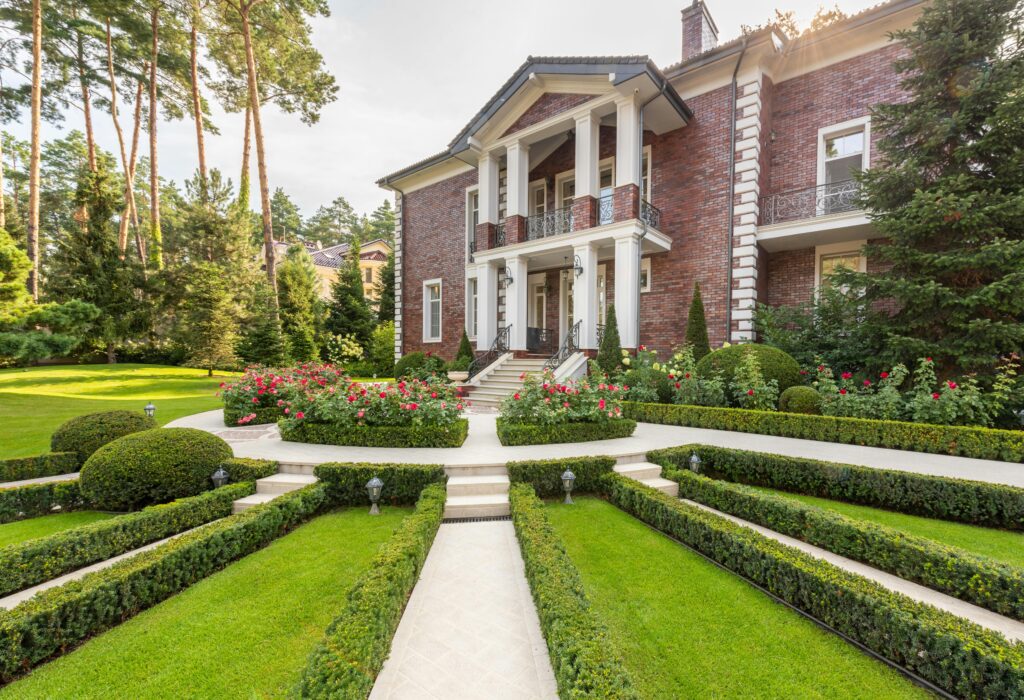
Curb appeal matters, but there’s a line between “well-kept” and “Botanical Gardens 2.0.” Going all-in on intricate landscaping—stone fountains, koi ponds, rare plants, and sculpted hedges—can drain your budget and your Saturday mornings. The upfront costs are massive, and the ongoing maintenance? Even more so.
Fancy landscaping doesn’t guarantee a higher home value, especially if it’s too personalized or high-maintenance. A buyer might see your Zen garden as a to-do list they never asked for. And don’t forget the water bills—exotic plants and lush lawns don’t hydrate themselves. Instead of trying to outdo Versailles, aim for low-maintenance, attractive greenery. Think native plants, mulch beds, and efficient irrigation systems. You’ll still impress your neighbors—without giving your retirement account seasonal allergies.
13. Garage Conversions
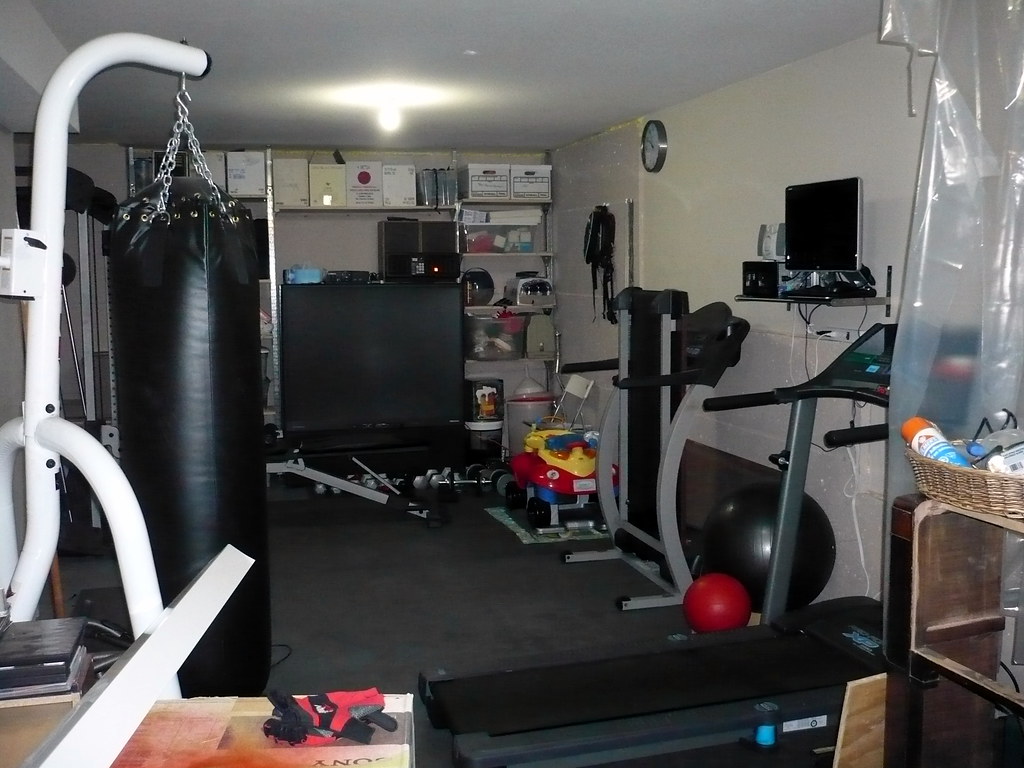
Turning your garage into a home gym, office, or mini Airbnb might sound like genius—until you go to sell and realize buyers really, really want a place to park. Garages add real value when they’re, well, garages. Strip that away and suddenly your “creative flex space” becomes a resale liability.
Plus, conversions are expensive—drywall, flooring, insulation, HVAC extensions, and permits all add up quickly. And zoning laws can make things messy, especially if you try to rent it out. Many buyers prioritize garage space for storage, vehicles, or future plans, so they’ll likely knock dollars off your asking price if it’s missing. If you need extra living space, consider a detached ADU or basement renovation instead. At least those don’t mess with the resale sweet spot. Bottom line: keep the gym in the guest room and let the garage do garage things.
14. Fancy Sheds or Backyard Studios

Everyone loves the idea of a cozy backyard she-shed or remote office studio—until the build-out costs more than a master suite. Between custom windows, insulation, electricity, and plumbing, these structures can run $20K–$60K or more. That’s a whole lot of money for a space you might only use part-time.
Sure, it looks dreamy on Instagram, but unless it adds square footage to your official livable space, it won’t reflect in your home’s appraisal. Worse, some HOAs or cities won’t even count them legally, leaving you with a (very pretty) liability. And good luck heating or cooling it efficiently—it’s basically a fancy grown-up fort. If you love the idea, go modular or low-key with a pre-fab unit. You’ll still get that backyard escape vibe without setting your retirement on fire. Because nobody wants to be broke in a shed.
15. Heated Driveways
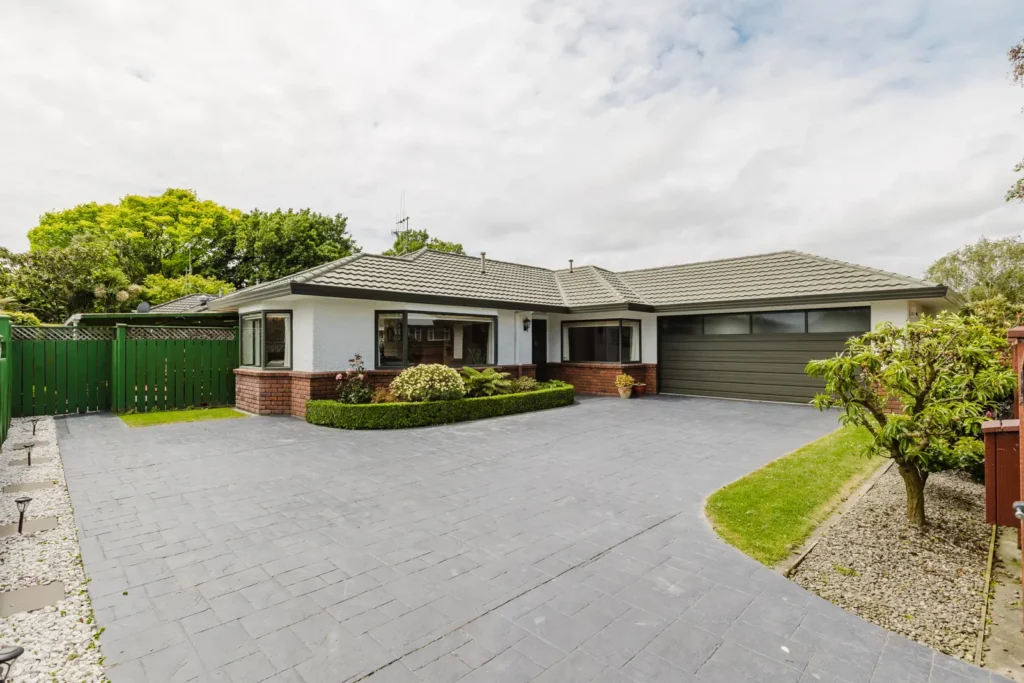
This one sounds like a winter miracle. No more shoveling? Sign me up! But the reality is: heated driveways are incredibly expensive to install (think $12K–$20K), and they don’t add much, if any, resale value—especially in regions where snow isn’t a constant. You’re running electrical systems or hydronic tubing underneath your entire driveway. That’s like putting radiant floor heating under your lawn mower.
They also increase your energy costs in winter, and if something breaks? Enjoy ripping up your concrete just to find the fault. Unless you have mobility issues or live in an area with nonstop snow and ice, this one’s overkill. A good snowblower and some de-icer do the job for a fraction of the cost. If you’re going to splurge on luxury, at least let it be something warm and inside—like heated bathroom floors. Your budget (and future buyer) will thank you.
This article is for informational purposes only and should not be construed as financial advice. Consult a financial professional before making investment or other financial decisions. The author and publisher make no warranties of any kind.





